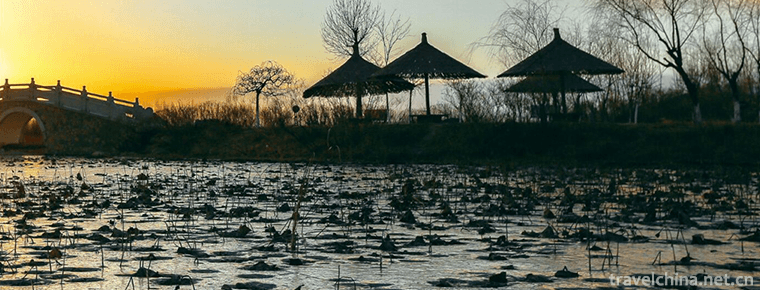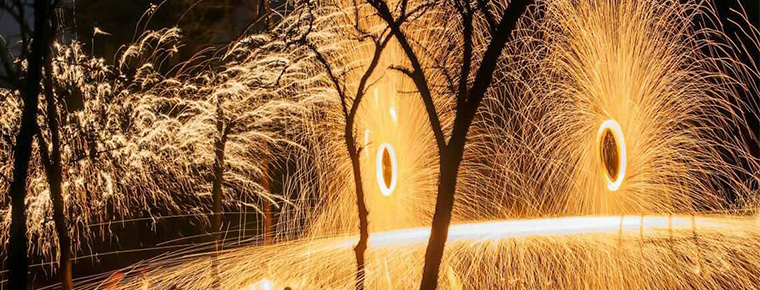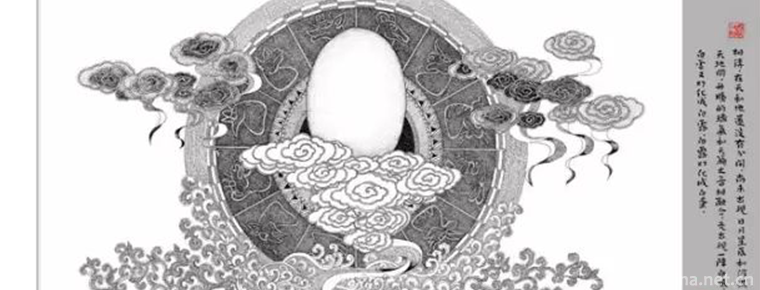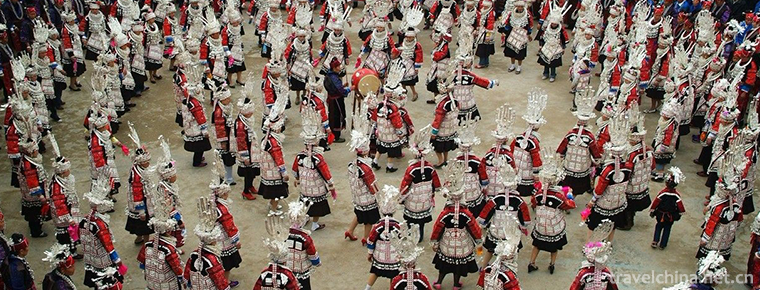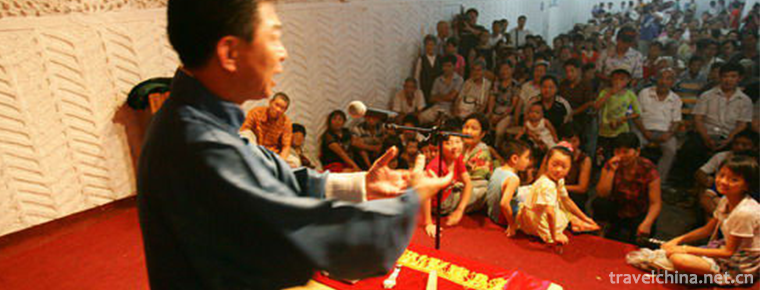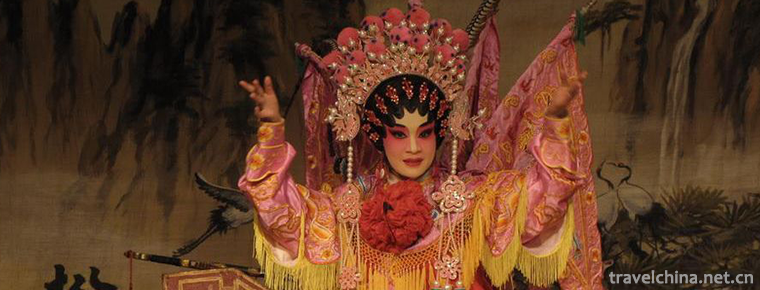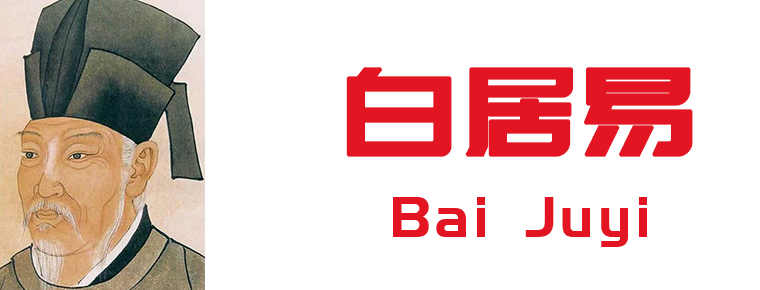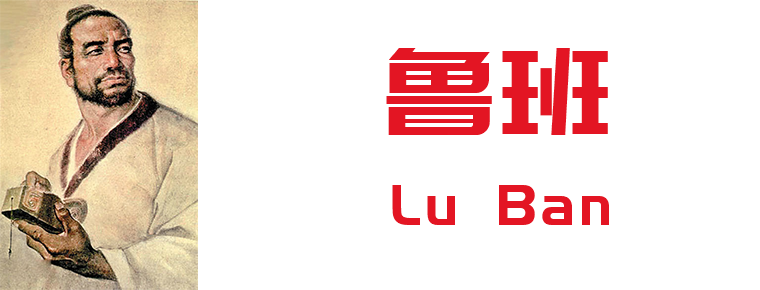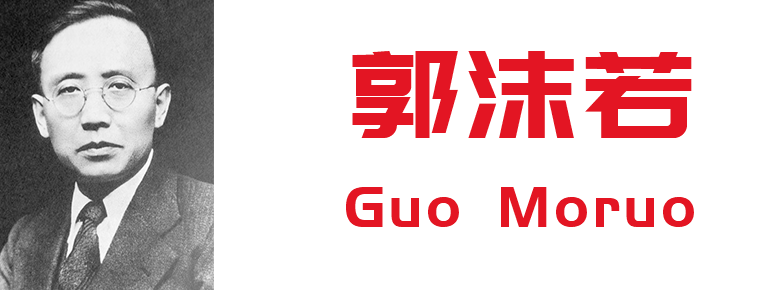Shannan Menba Opera
Shannan Menba Opera
Shannan Menba Opera, one of the national intangible cultural heritages, is a traditional drama in Lebu District, Kangna County, Shannan District, Tibet.
Because Shannan Menba Opera directly adopts Tibetan scripts of Tibetan Opera, it is called "Menba Aguiram" by the people, that is, Menba Tibetan Opera. Legend has it that at the end of the 18th century, Qiangbakelong brought back a Tibetan script of King Norsanfa from Lhasa, from which Shannan Menba Opera began to spread in Lebu. During the performance of Shannan Menba Opera, masked performers, accompanied by gongs and cymbals, interlace and alternate in speaking, singing and dancing, often producing shocking artistic effects. The lyrics are in the form of bulk ballads, and the tunes vary with the content and plot.
On May 20, 2006, Shannan Menba Opera was approved by the State Council of the People's Republic of China to be listed in the first batch of national intangible cultural heritage, numbered IV-81.
historical origin
- Pregnancy and formation
Shannan Menba Opera, known as "Menba Aguiram" by the people, is a unique cultural art created and developed by the people of Menba nationality in their long-term production and life. It is said that Shannan Menba Opera originated in the period of the 5th Dalai Lama. At that time, there was a village called "Yusongshading" in the corner of the gate, where there was a man named Luo Xincao. Because he had made great contributions to the development of production among the people at that time, the fifth Dalai Lama, in order to commend him for his achievements, collected Luo and took additional measures for his disciples, and let him go to Zhepeng Temple to study classics. When he finished his studies, he was honored as the "Mon Ba Meijao Lama, Luo Zai Cao". In 1680, the fifth Dalai Lama allocated additional funds to Luo, sent him back to the entrance to serve as Chief Executive, and at the same time allowed him to build the Dawang Temple. During the construction of the monastery, Luo collected and sorted out many local folktales and legends, and compiled the Tibetan opera "Zhuo Wa Sam" script.
The origin of Shannan Menba Opera is mainly the reward god singing and dancing. Its direct origin is the performance of Baqiang in religious sacrificial activities. By plotting it, a unique Menba Song and Dance Opera has been formed. Although influenced by Tibetan Opera, Shannan Menba Opera did not copy the model of Tibetan Opera, but digested and absorbed according to the aesthetic needs and psychology of the nation, making it an important part of Menba folk culture.
Rescue and protection period
Historically, Shannan Menba Opera was only circulated in the doorway areas, and there was no practice of performing in other areas. Until 1987, Shannan Menba Opera first appeared on the Lhasa Shelton Festival in Tibet. In 1986, the Shannan Menba Opera Troupe in Cuona County was restored when Lebu and Mama were founded, but faced with the loss of actors, the performance was terminated in 1991. In early 2007, with the support of the local government, Lexiang formally resumed organizing the Shannan Menba Opera Troupe. Six Lebu villagers and three Mama villagers jointly formed a nine-member theatre, and the actors were able to receive state subsidies. Now, there are seven performers in the traditional Shannan Menba Opera. There are two kinds of performances. One is complete. It takes at least one week for 18 small plays to finish. The other is compressed version. With the acceleration of people's life rhythm, the performers compressed and modified the program. They can finish the performance in one day. The simple Shannan Menba Opera has been normalized.
Representational repertoire
There are three main repertoires of Shannan Menba Opera: King Norsanfa, Zovasam and Araka. The first two are based on Buddhist mythology, and the last one is based on ancient mythology.
Inheritance and Protection
Inheritance value
Shannan Menba opera is one of the eight Tibetan operas in Tibet, and it is the historical tradition of the Menba nationality. Its main opera, King Norsanfa, is one of the oldest and most widely performed traditional operas in Tibetan opera.
Heritage figures
Gesang Danzeng, male, born in May 1970, is the representative successor of the second batch of state-level intangible cultural heritage projects, declared by the Tibet Autonomous Region. Declaration items: Shannan Menba Opera.
Bassan, male, born in October 1950, is the representative successor of the second batch of national intangible cultural heritage projects, declared by the Tibet Autonomous Region. Declaration items: Shannan Menba Opera.
protective measures
Sang Danzeng, who inherits his personality, is familiar with Shannan Menba Opera and is also the head of the village. He has appeal among the villagers and can motivate them to learn Shannan Menba Opera. His social activity ability is very strong, and he can obtain funds to maintain the daily training of Shannan Menba Opera Troupe and solve the problem of missed work fees for actors and learners.
In 2006, after Shannan Menba Opera was listed as China's first-class intangible cultural heritage, the relevant government departments in Tibet Autonomous Region and Shannan Region have attached great importance to the inheritance of Shannan Menba Opera.
Since 2007, the state and Tibetan local governments have invested 100,000 yuan in the protection of Shannan Menba Opera.
social influence
Important activities
On September 15, 2013, the Cangyang Jiacuo Love Song Cultural Tourism Festival in Tibet, with the theme of "Magic Mountain South of Tibetan Source, Love Gate Corner Lebu", opened in Lebugou, Kangna County, Shannan District, and Shannan Menba Opera was displayed on the spot.
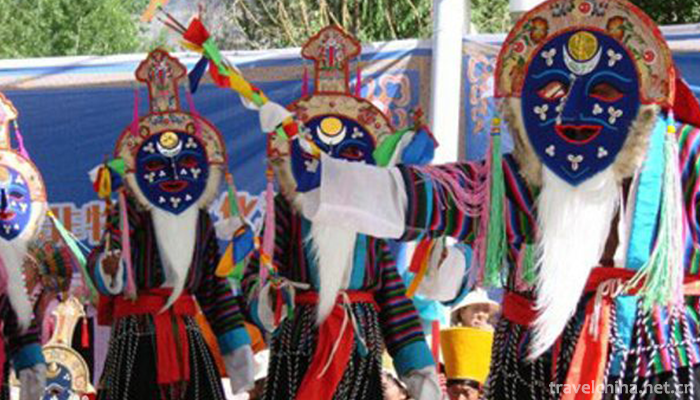
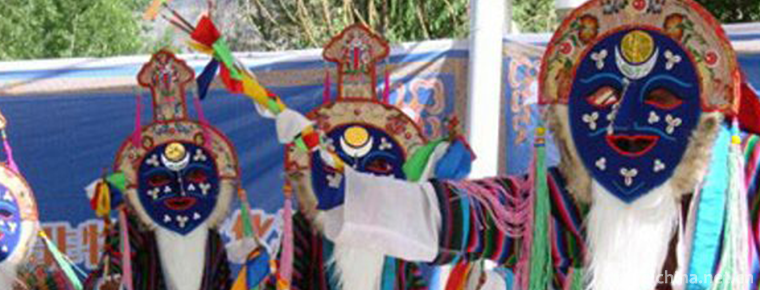
Shannan Menba Opera
-
Shanghai Park Hyatt Hotel
Shanghai Park Hyatt Hotel is an exquisite modern Chinese-style residential hotel, located on the 79th to 93rd floors of Shanghai Global Financial Center, known as the Vertical Comprehensive Urban Area
Views: 205 Time 2018-12-16 -
Mingcui Lake National Wetland Park
Yinchuan Mingcuihu National Wetland Park is located in Zhangzheng Town, Xingqing District, Yinchuan City, Ningxia. It is 9 kilometers away from Yinchuan City and 3 kilometers
Views: 182 Time 2019-02-07 -
Iron flower
Tiehua is a kind of fireworks which spread in the folk traditions of Henan and Jin Dynasties. It has a long history which can be traced back to the Spring and Autumn Period and the Warring States Peri
Views: 225 Time 2019-04-23 -
Black On White
The Black-and-White War is a comic book about the Naxi epic Black-and-White War, which consists of seven chapters.
Views: 358 Time 2019-05-03 -
Miao Sister Festival
Miao Sister Festival, also known as "Sister Rice Festival", is a traditional festival of Miao people in Laotun and Shidong areas of Taijiang County, Guizhou Province. It is held from March 1
Views: 131 Time 2019-06-05 -
Sichuan Zhuqin
Sichuan Zhuqin is an ancient traditional opera. The performers hold fishing drums and rap stories. The original name is Mingqin. Because its accompaniment instrument is a bamboo drum drum, it is also
Views: 93 Time 2019-06-16 -
Cantonese opera Yuequ
Cantonese Opera is a popular Cantonese dialect area in Guangdong and Guangxi, and has spread to Hong Kong, Macao, Southeast Asia and the Americas where Cantonese overseas Chinese live. It is a variety
Views: 180 Time 2019-07-16 -
Bai Juyi
Bai Juyi (772 - to - 6), Le Tian, the number of Xiangshan residence, and Mr. drunken Yin, whose ancestral home is Taiyuan, Shanxi. And moved to his great grandfather. Lower jaw Born in Henan Xinzheng
Views: 274 Time 2019-09-06 -
Gong Shuban Lu Ban
Luban (507 BC - 444 BC), Lu people in the spring and Autumn period. Ji surname , a two-character surname Name, class, person. Public transport plate , Public like , Class lose It is also known as &quo
Views: 208 Time 2019-09-07 -
Guo Moruo
Guo Moruo (1892 1978), formerly known as Guo Kaizhen, the word Ding Tang, the warrior, the baby name leopard, the pseudonym of Mo, Michael, Guo Dingtang, Shi Tuo, Gao Ruhong, Yang Yi and so on. Born i
Views: 205 Time 2019-09-07 -
Four famous Chinese embroidery
Suzhou embroidery is famous for its fine stitches, elegant colors and fine embroidery. It has the characteristics of flat, light, even, harmonious, fine and dense. The theme is mainly about small animals. Such as "cat play", "wind through flowers",
Views: 326 Time 2020-12-12 -
Suining City Construction
In 2019, Suining completed the investment of 4.991 billion yuan in municipal infrastructure construction. The green space rate of the built-up area is 34.46%, the green coverage rate of the built-up area is 39.6%, and the per capita green space area of the park is 12.42 square meters.
Views: 150 Time 2020-12-16

